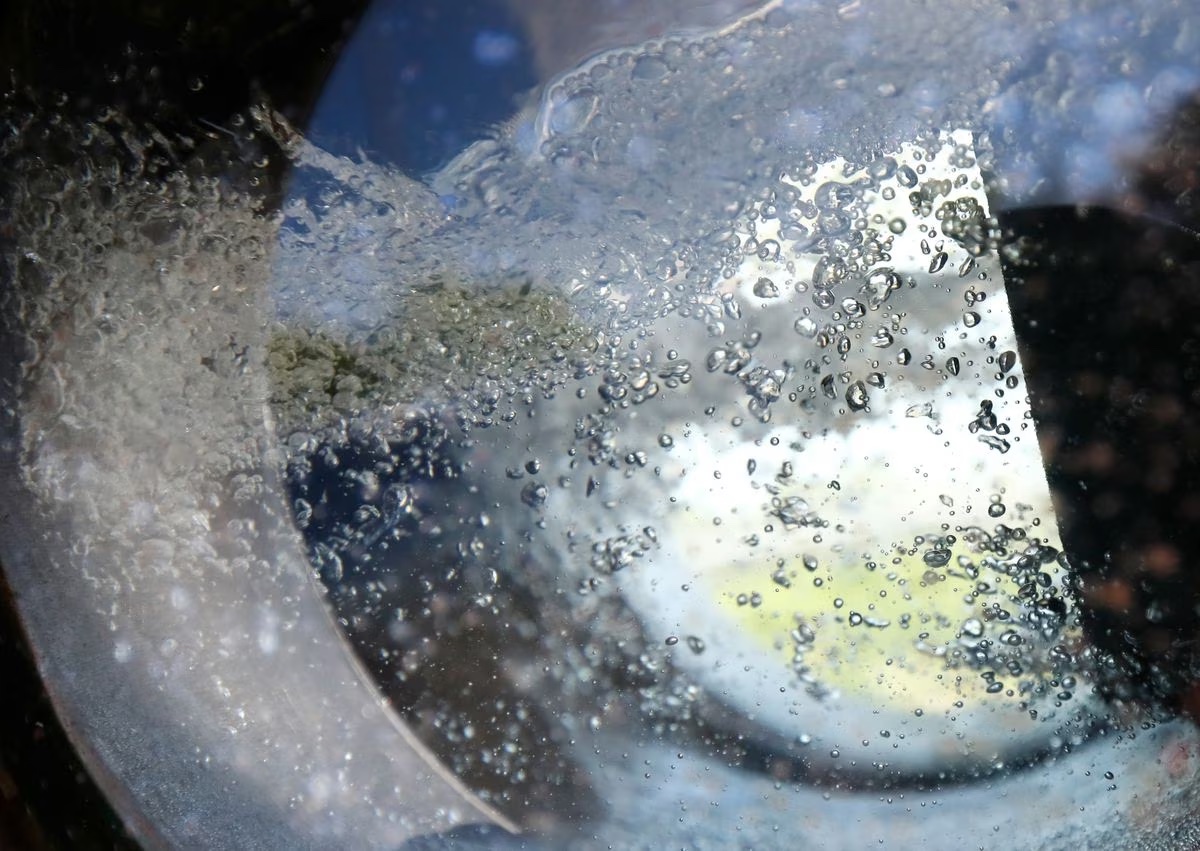LONDON, March 24 (Reuters) – The European Union has unveiled the accelerator in its drive to reduce the bloc’s import dependency for critical minerals and metals.
The Critical Raw Materials Act (CRMA) “will significantly improve” Europe’s domestic extraction, processing and recycling capacity for metals such as lithium and rare earths, according to Ursula von der Leyen, president of the European Commission.
The Act comes with targets for production and for reducing dependency on any single third country. China currently dominates the supply chain for many of the entries on Europe’s list of “strategic” metals.
The EU is also playing catch-up with the United States, which is already investing heavily in critical metals capacity under the aegis of the Defense Production Act and the Inflation Reduction Act.
Europe may, however, have given itself a competitive edge by moving to streamline project permitting, a tortuous process that often drags on for years before the first shovel hits the ground.
(MOVING) TARGETS
The CRMA covers a subset of the EU’s critical minerals list, with particular focus on battery metals like lithium, nickel, cobalt and manganese and magnet inputs such as boron and rare earths.
Copper is on the list as an enabler of all things electric but aluminium and zinc aren’t, which is a striking omission given the recent shrinkage of European production capacity.
Germany’s Speira has joined the list of casualties, this month announcing the full closure of its Rheinwerk aluminium smelter due to high energy costs.
“Today’s strategic raw materials list must not be the finished picture,” warned Evangelos Mytilineos, president of industry group Eurometaux.
It probably won’t be. The CRMA includes a provision for periodically updating the list to reflect evolving economic importance and supply risks across the critical metals spectrum.
For those metals on the list the target is for the region to mine 10%, process 40% and recycle 15% of what it consumes annually by 2030. By which time not more than 65% of any strategic metal’s consumption will be able to come from a single third country.
These are ambitious targets given Europe currently sources 97% of its magnesium in China, which also has a complete monopoly on the processing of heavy rare earths and graphite.
Europe’s lithium extraction can in theory meet the 10% target but it hinges on multiple new projects, many of them using innovative technology.
Recycling lithium-ion batteries is also a technical challenge that has to be resolved at scale to meet the 15% recycling target.
PERMITTING
In terms of maximising domestic mining and processing capacity, Europe is following the United States in instructing all national governments to go back and look at what may have been left behind in tailings ponds and historic mine sites.
Operators of existing mines and plants should prepare an economic assessment study of what they’re losing in “waste” streams. It’s a policy that has already significantly closed the U.S. dependency gap for tellurium and scandium.
However, Europe has overtaken the United States in one key area, aiming to streamline the permitting of “strategic” projects to ensure a maximum time-line of two years for mines and one year for processing plants.
All such projects should be considered as being “in the public interest” by the relevant national authority when considering environmental impact.
The U.S. Administration has come under fire for using the Inflation Reduction Act to incentivise domestic mining while simultaneously blocking development of mines on federal land. The green-on-green environmental clashes seem set to continue until there is a long-overdue rewrite of the General Mining Act of 1872.
COLLECTIVE BUYING AND STOCKPILES
Many strategic metals markets are opaque, not easily financially hedged and concentrated on the supply side, according to the CRMA. All of which “increases the negotiating power of sellers and increase prices for buyers”.
It calls for the Commission to set up a system for collective purchasing by interested buyers, a mechanism already trialled in the gas market.
It also recommends the accumulation of strategic metal stocks to buffer against unexpected supply disruptions. Europe has no strategic metal inventory, unlike the United States, China and South Korea.
Member states may have their own stockpiles and “as a first step and considering the lack of relevant information”, the 27 countries in the bloc should report to the Commission what, if anything, they are holding.
Given such a humble starting point, it seems unlikely EU strategic metal reserves are going to come any time soon, if they come at all.
METALLIC ARMS RACE
The EU accepts it will never be fully self-sufficient in most if any of the metals it’s identified as being critical to its industrial and defence sectors.
The CRMA advocates diversifying supply in favour of “reliable partners” and creating “mutually beneficial partnerships with emerging market and developing economies”.
It represents a further tectonic decoupling of global supply chains.
What started as a response to China’s dominance of critical metals supply has been accelerated by Russia’s invasion of Ukraine.
Russia has historically been a major supplier of aluminium, copper and nickel to Europe’s industrial sector to the extent that the EU has to date held back from sanctioning Russian material even as the United States imposes penal import duties.
But the metals world is clearly starting to split between West and the East.
It’s a messy process, witness the dispute between the EU and the United States over the exclusion of European products from the electric vehicle subsidies introduced in the Inflation Reduction Act.
That particular hurdle may shortly be cleared, German newspaper Handlesblatt reporting that a draft agreement has been reached.
It is evidently in neither side’s interest to compete with each other in the context of reducing resource ties with China and Russia.
Assuming future trans-Atlantic harmony can be achieved, something akin to a metallic NATO will start to take ever clearer shape.
The opinions expressed here are those of the author, a columnist for Reuters.









